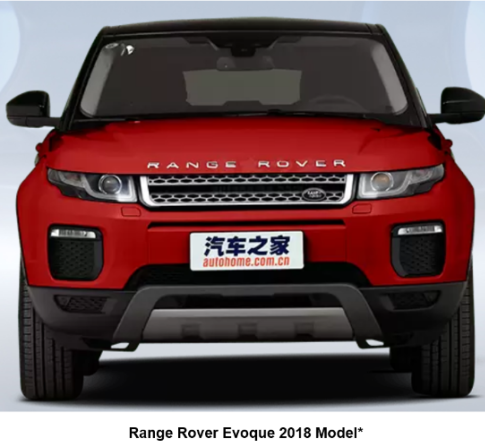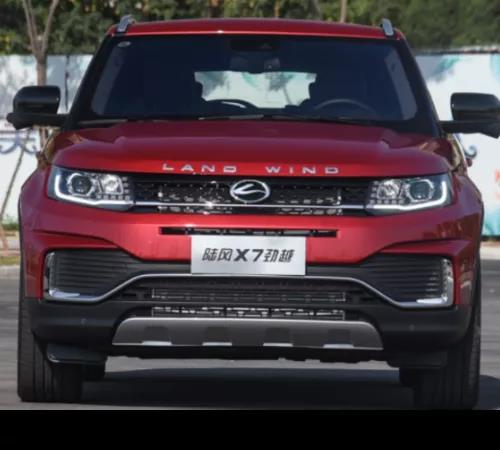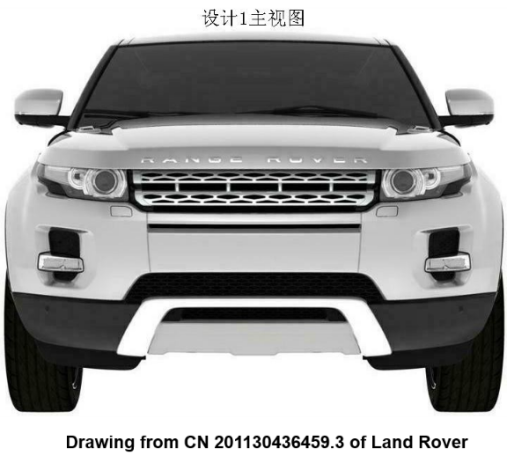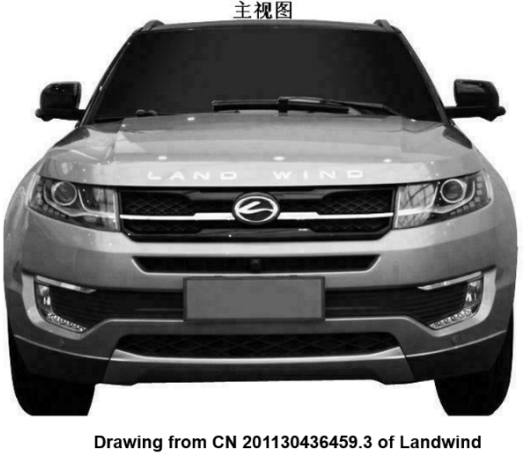On 27 May 2021, the Beijing Intellectual Property Court (hereinafter “Court”) announced its appellate decisions on the unfair competition and copyright infringement disputes between Jaguar Land Rover Limited (hereinafter “Land Rover”) and Jiangling Motor Holding Co., Ltd. (hereinafter “Jiangling”), putting a seemingly closure to the enduring legal battle over the exterior design of Range Rover Evoque by Land Rover and Landwind X7 by Jiangling.


The unfair competition decision of the Court confirms that the exterior design of a car may be protected as a commodity decoration with certain influence pursuant to Art. 6 of the Anti-unfair Competition Law. The decision also clarifies that the exterior design of a car may be protected under various legal schemes (e.g., copyright, design and unfair competition), and the loss of rights under one legal scheme does not necessarily mean rights under another legal scheme cannot be enforced.
The copyright infringement decision of the Court clarifies that the exterior design of a car may be protected as an artistic work under the Copyright Law, to the extent that the exterior design is not solely dictated by its function and meets the minimum originality requirement for an artistic work. However, the Court found that the Range Rover Evoque’s exterior design does not qualify as an artistic work.
These decisions make it clear that the exterior design of cars may be protected via multiple legal instruments in China. They should be welcome news for car manufactures who seek to protect their distinctive and original exterior design of cars.
This article focuses on the Court’s unfair competition decision.
Background
2010年12月,路虎在车展中展出了其揽胜极光车型,该车型被媒体大量报道。2011年11月,就揽胜极光的外观,路虎提交了申请号为CN 201130436459.3名为“机动车辆”的外观设计申请(授权公告号CN 302053610 S)。2013年11月,江铃提交了申请号为CN 201330528226.5名为“越野车(陆风E32车型)”的外观设计申请(授权公告号CN 302802915 S),以求保护陆风X7的外观。
In December 2010, Land Rover showed its Range Rover Evoque in a public exhibition, receiving extensive media coverage. In November 2011, Land Rover filed design application CN 201130436459.3 entitled “Motor Vehicle” for the exterior design of Range Rover Evoque (granted as CN 302053610 S). In November 2013, Jiangling filed design application CN 201330528226.5 entitled “Off-Road Vehicle (Landwind E32 Model)” for the exterior design of Landwind X7 (granted as CN 302802915 S).



Land Rover instituted an invalidation proceeding against Jiangling’s design patent in 2014. Jiangling attacked back and subsequently filed an invalidation proceeding against Land Rover’s design patent in 2015. Both design patents were eventually invalidated – Land Rover’s design patent was found to be invalidated by its own public exhibition, and Jiangling’s design patent was invalidated by Land Rover’s design. Jiangling appealed the invalidation of its design patent all the way to the Supreme People’s Court, which affirmed the invalidation.
Meanwhile, in 2016 Land Rover sued Jiangling before the Beijing Chaoyang District People’s Court for both unfair competition and copyright infringement, in which the unfair competition claim of Land Rover was supported, but its claim for copyright infringement was rejected. Both cases were appealed to the Court, which leads to the decisions discussed herein.
BackgrouUnfair Competitionnd
The Court held that the exterior design of a car may carry a variety of intellectual property rights. As such, the proprietor of the exterior design is entitled to institute multiple legal actions based on different legal rights. The loss of rights under one legal scheme does not necessarily mean rights under another legal scheme cannot be protected. In the present case, where the design patent of Range Rover Evoque has been invalidated, the Court held that Land Rover may still sue for unfair competition and copyright infringement.
For the application of Art. 6 of the Anti-unfair Competition Law, the Court applied a three-step test:
Whether the decoration at issue is distinctive, and has a certain degree of influence among the relevant public;
Whether the alleged infringer uses the decoration at issue or a similar decoration in an identical or similar product; and
Whether the use of the decoration by the allegedly infringer is likely to cause confusion among the relevant public in respect of the source of the allegedly infringing product.
At step (1), the Court referred to a 2010 decision of the Supreme People’s Court on unfair competition, and held that decoration of a commodity under the Anti-unfair Competition Law includes the shape or structure of the commodity itself. In the present case, the Court found the five design features of Range Rover Evoque are not conventional, nor are they solely dictated by the function of the features. The Court also found that these five design features are distinctive, in that the relevant public associates them with Land Rover.
The Court further found that in order to be protected under the Anti-unfair Competition Law, the decoration must have a certain degree of reputation and influence. In that regard, Land Rover’s evidence included the marketing campaigns launched for the Range Rover Evoque and the extensive media coverage and awards it received. Additional evidence indicated that the Range Rover Evoque was widely marketed for an extended period of time. The Court found this sufficient proof of the reputation and influence required by Art. 6 of the Anti-unfair Competition Law.
At step (2), the Court found the differences between Landwind X7 and Range Rover Evoque insubstantial and thus could not distinguish the former from the latter. The Landwind X7 and Range Rover Evoque constitute similar designs in terms of the visual impact they make. Accordingly, the Court concluded that the Landwind X7 uses the exterior design of Range Rover Evoque.
As for step (3), the Court clarified that the likelihood of confusion is sufficient for a finding of unfair competition. In other words, the fulfilment of step (3) would not require actual confusion. In that regard, the Court found the evidence showing comments of likely confusion in public forums and media coverage sufficient to establish the likelihood of confusion.
Take-away Points
The exterior design of a car may be protected under multiple legal schemes, such as design law, copyright law and unfair competition law. Strategic and coordinated marketing campaigns by a car manufacturer may help establish the distinctiveness of the exterior design of a car for obtaining protection as a commodity decoration of certain influence under China’s Anti-unfair Competition Law. However, car manufactures should pay special attention to the timing of their first public viewings and be sure to file their design patents before any public disclosures.
Comment